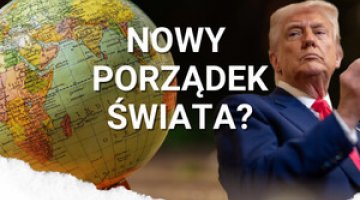Chechen-Ingush border dispute
On 18 April, about 300 Chechen policemen burst into the Ingush village of Arshty. The officers were accompanied by politicians, including the Russian Duma deputy Adam Delimkhanov. The pretext was a search for the leader of the armed Caucasian underground Dokku Umarov, but according to the Ingush authorities, the intruders wanted to hold a meeting in Arshty demanding that the village be joined to Chechnya. The entire proceedings were filmed, and Chechen officials have asked the locals for their opinion on a possible shift of the border. Six Ingush policemen who tried to intervene were injured. After a few hours, the intruders returned to Chechnya. The Russian (federal) Interior Ministry has appointed a commission to investigate the incident, and the Ingush authorities plan to set up a checkpoint at the entrance to Arshty.
Commentary
- The leader of Chechnya, Ramzan Kadyrov, who was probably behind the incursion, has for several months been making territorial demands of Ingushetia. In February, he signed a law adopted by the local parliament which incorporated a number of Ingush villages into Chechnya, including Arshty, which is mostly inhabited by Chechens. From Kadyrov’s statements, it appears that he is considering the restoration – under his leadership – of the former unified Chechnya-Ingushetian republic (within Russia). The roots of the dispute between the two neighbouring (and ethnically very close) republics lie in the period between 1944 to 1957, when the Soviet authorities dissolved the first Chechen-Ingush Autonomous Republic, deporting the Chechens and Ingush to Central Asia; and then, after the two nations’ return to the Caucasus, recreated it within revised borders. These include the so-called Prigorodny District , inhabited mainly by Ingush, which was retained by North Ossetia (after the collapse of the Soviet Union, it became a casus belli between Ingushetia and North Ossetia). When Chechenya-Ingushetia was divided in 1992, Ingushetia became the smallest republican entity within the Russian Federation (about 3500 km²), and the only one without any precisely defined limits.
- It seems that the action in Arshty was a kind of test, to see how Moscow and the rulers & people of Ingushetia would react to any attempt to resolve the dispute by force. Their reaction proved to be quite moderate. The Russian government is unlikely to want to intervene more decisively, fearing a further destabilisation of the Caucasus less than a year before the Olympic Games in Sochi. The leader of Ingushetia, Yunus-Bek Yevkurov, was prevented from taking an overwhelming response by fear of losing the support of the Kremlin (his first term ends this autumn). He said only that future invaders would be met by armed resistance. In this situation, we may expect Kadyrov to take more aggressive steps, as well as an escalation of the Chechen-Ingush dispute, which could cause serious disturbances in the region (including a resumption of the Ingush-Ossetian conflict, and a domino effect in the neighbouring republics of the Russian North Caucasus).
- The Arshty incident demonstrates the unique position which Ramzan Kadyrov holds. The leader of Chechnya is Moscow’s only guarantee of his republic’s relative stability and loyalty; and he has been exploiting this situation ruthlessly. In this way Moscow, which has not reacted to Kadyrov’s growing ambitions, is becoming his hostage, and is losing more and more control over this part of the North Caucasus.





